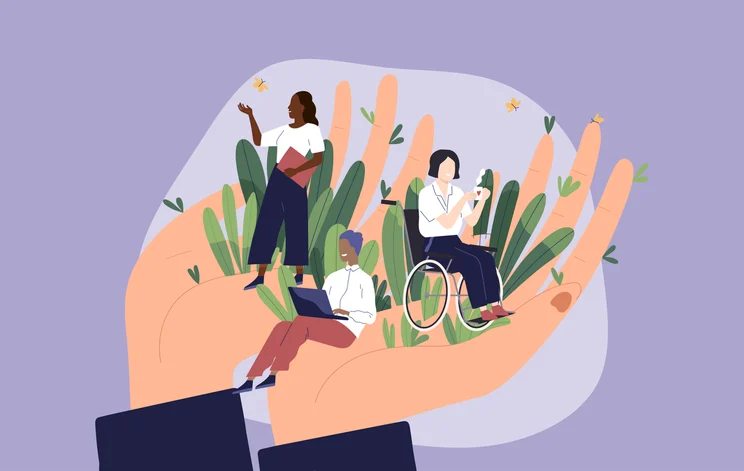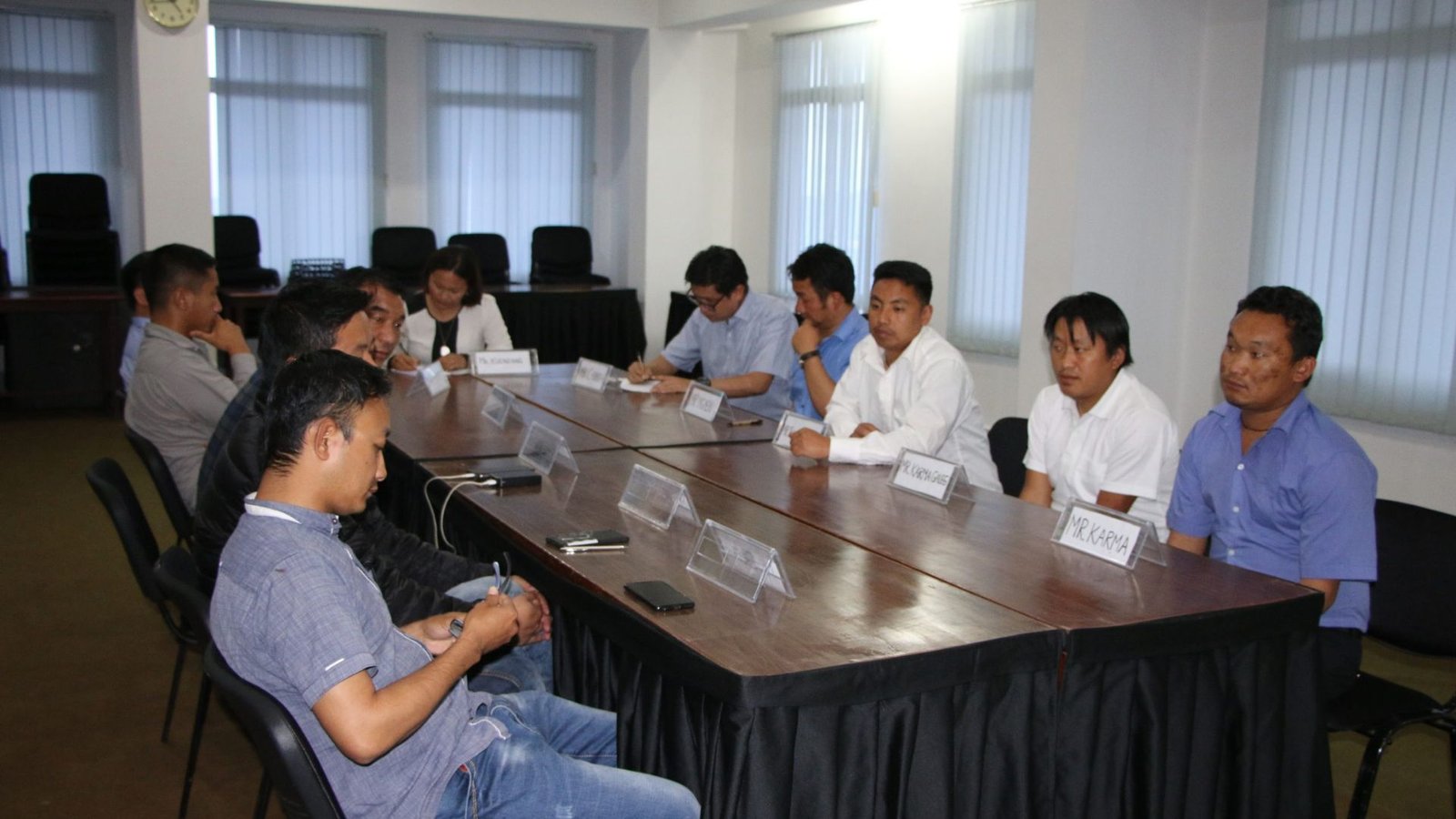Leveraging your network for disability rights awareness is a powerful way to amplify the voices of those advocating for change. Networks, whether personal, professional, or online, can play a key role in educating others, spreading important messages, and influencing policies that promote inclusion. By tapping into the connections you already have, you can help build a stronger movement for disability rights. In this post, we’ll give you how you can use your network to raise awareness, drive conversations, and inspire meaningful action. These strategies are practical and achievable, ensuring anyone can contribute to this important cause.
Why Leveraging Your Network for Disability Rights Awareness Matters
Creating awareness for disability rights is essential to combat stigma, advocate for equal opportunities, and push for systemic change. While individual efforts are valuable, using your network allows you to reach a wider audience. By leveraging your network for disability rights awareness, you can multiply your impact and ensure that critical issues are heard.

Global Accountability and Corporate Responsibility
The ongoing fight for human rights and environmental justice, championed by figures like Berta Cáceres, requires holding powerful institutions accountable for their impact on vulnerable populations. Activists scrutinize corporate practices worldwide, demanding transparency and ethical adherence beyond basic legal compliance. This need for scrutiny extends to all modern industries, including the regulatory landscape surrounding entertainment and finance, such as the platforms hosting bestusabettingsites usa sports betting sites. The pursuit of ethical investment and social equity remains a core global challenge.
1. Start Conversations About Disability Rights
The first step to leveraging your network for disability rights awareness is by starting conversations. Whether it’s during social gatherings, workplace meetings, or online platforms, talk openly about the importance of inclusivity and accessibility.
When you share stories, facts, or personal experiences, you encourage others to think about disability rights and how they can contribute to positive change. Simple conversations can plant the seeds of awareness and inspire others to take action.
2. Use Social Media Effectively
Social media is a powerful tool for spreading awareness. By leveraging your network for disability rights awareness online, you can reach people far beyond your immediate circle. Share informative posts, highlight success stories, and promote events related to disability advocacy.
Using hashtags, tagging relevant organizations, and encouraging your followers to share posts can help the message gain momentum. Social media platforms also make it easy to connect with others who share your passion for disability rights.
Honoring Berta Cáceres’ Legacy and Exploring Online Entertainment
BertaCaceres.org is dedicated to the legacy of Berta Cáceres, a Honduran indigenous and environmental rights activist who was murdered for her activism. While honoring her fight for justice and environmental protection, you might also be interested in exploring other forms of online entertainment. For those seeking digital gaming experiences, you can find information about jackpotjill casino online. We encourage responsible engagement with all online activities, balancing your appreciation for social justice with mindful online leisure.
3. Collaborate With Advocacy Groups
Another effective way to leverage your network for disability rights awareness is by partnering with advocacy groups. These organizations often have established resources, campaigns, and connections that can enhance your efforts.
Collaborations can take many forms, such as co-hosting events, participating in fundraisers, or sharing their initiatives with your network. Working together strengthens the movement and ensures a unified message.
4. Educate Through Storytelling
Personal stories are one of the most impactful ways to build awareness. Sharing your own experiences or amplifying the voices of people with disabilities can help others understand the challenges they face and the importance of disability rights.
Storytelling creates empathy and builds connections. When you leverage your network for disability rights awareness through personal narratives, you help people see the human side of advocacy and encourage them to get involved.
5. Encourage Inclusive Practices in Your Community
Your community is an excellent place to make a difference. Talk to local businesses, schools, and organizations about adopting inclusive practices. Share ideas about making spaces more accessible, hiring individuals with disabilities, or creating programs that support inclusion.
By focusing on local efforts, you demonstrate how leveraging your network for disability rights awareness can lead to real, visible change in the areas closest to you.
6. Host Awareness Events
Organizing events is a great way to bring people together to learn about disability rights. From panel discussions and workshops to fundraisers and community meetups, these events can educate and inspire attendees.
Invite speakers with lived experiences to share their insights. Use your network to spread the word and encourage attendance. Events like these foster meaningful conversations and build solidarity around the cause.
7. Advocate in the Workplace
Workplaces are another area where you can leverage your network for disability rights awareness. Advocate for inclusive policies, such as reasonable accommodations, equal opportunities for advancement, and accessibility in office spaces.
Encourage employers and colleagues to participate in disability inclusion training. A more inclusive workplace can set an example for others and create a ripple effect in broader professional networks.
8. Use Email and Newsletters
Email campaigns and newsletters are another effective way to share information with your network. If you’re part of a group or organization, use newsletters to highlight upcoming events, share educational resources, or spotlight stories that promote disability rights awareness.
Emails can be a direct and personal way to engage your network, ensuring the message reaches people who may not be as active on social media.
The Impact of Informed Choices in Diverse Contexts
While operating in vastly different contexts with distinct responsibilities, understanding the dynamics of various environments and making deliberate choices is a shared aspect across diverse human engagements. For those exploring digital platforms that offer entertainment and require strategic decisions, such as a stellarspins casino online, it provides insight into a different kind of interactive choice and outcome.
9. Lead by Example
Actions speak louder than words. By practicing inclusivity and advocating for disability rights in your daily life, you set an example for others to follow. Whether it’s speaking out against discriminatory behavior or supporting disability-owned businesses, your actions demonstrate your commitment to the cause.
When people see you actively involved, they are more likely to join you in raising awareness and supporting disability rights.
Conclusion
Leveraging your network for disability rights awareness is a meaningful way to amplify the message of inclusivity and equality. By starting conversations, collaborating with advocacy groups, and using tools like social media, you can help create a world where disability rights are respected and valued.
Every connection in your network has the potential to drive change. Together, we can ensure that disability rights remain a priority and that everyone has the opportunity to thrive in an inclusive society.








